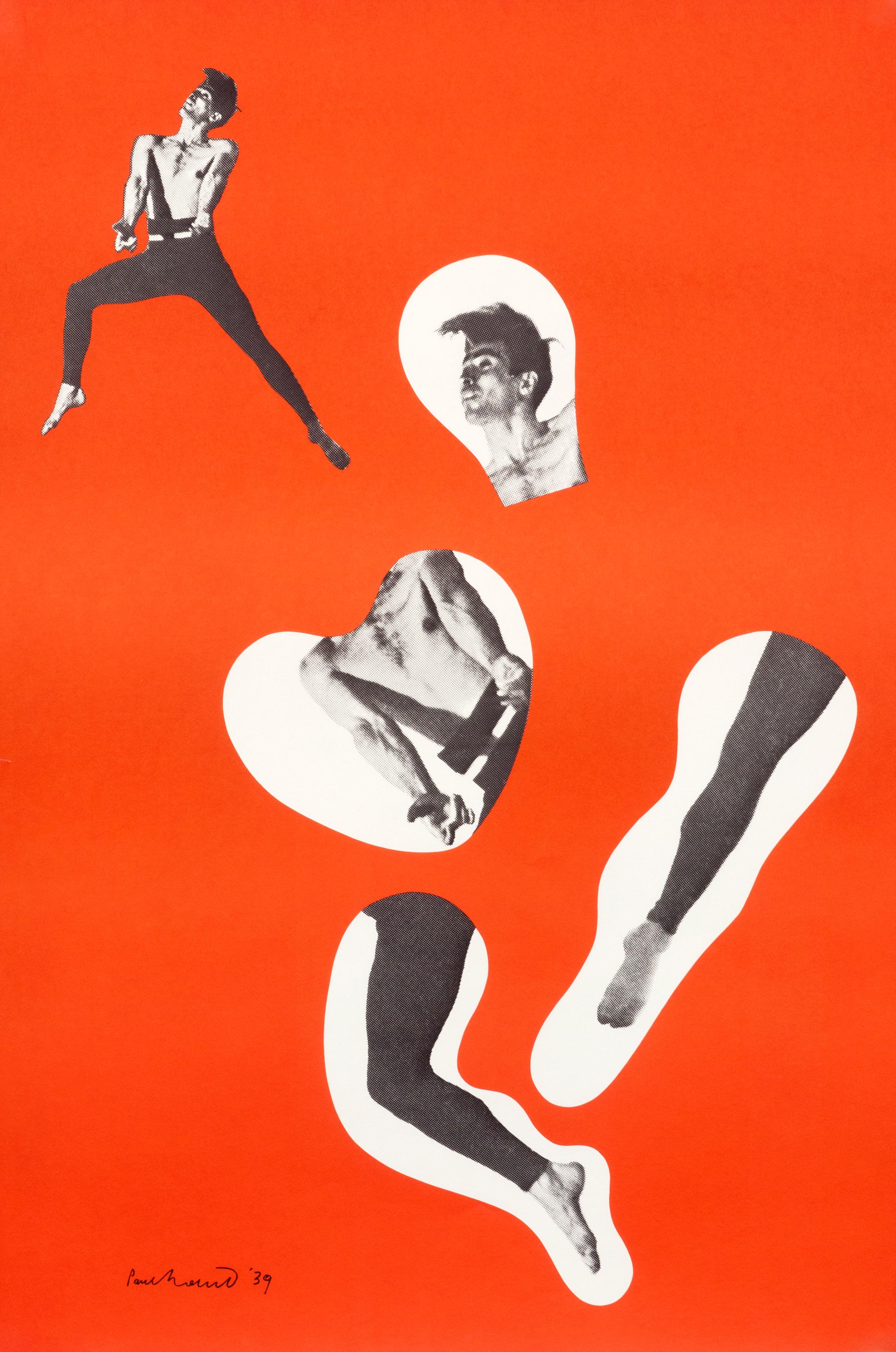Table Of Content

Notwithstanding his rich academic career in arts, Rand developed his graphic sense through self-education largely, as he voraciously read the European magazines, discovering the works of Cassandre and László Moholy-Nagy. Rand’s career spanned seven decades, and in that time his graphic designs, teaching (he joined the faculty of Yale University in 1956), and ideas broadly influenced several generations of American designers. His major writings include Thoughts on Design (1947), A Designer’s Art (1985), Design, Form, and Chaos (1993), and From Lascaux to Brooklyn (1996). IBM's new design mission - supported by Thomas Watson Jr., the son of the company's founder - visually transformed every aspect of the company, from electric typewriters to computers, advertising and architecture. The idea was to break with a conservative image and look towards the future, to illustrate IBM's renewed growth. Watson called on Eliot Noyes, a former colleague and architect who worked on curative design of the MoMa, among other things, to set up a team composed of Paul Rand (for graphics), Eero Saarinen (architecture) and Charles and Ray Eames (scenography, publications, videos).

Sponsor This Memorial
In his magazine covers, since the late 1930s, Rand adopted both European modernism and American spirit and functionalism in his graphic style. His distinctive signature was praised by László Moholy-Nagy, a master of the Bauhaus and one of Europe's most famous modernist designers, who had recently immigrated to Chicago. Despite the fact that Rand earned his ultimate success by designing corporate logos, however, the source of his reputation is based on his initial work on page design. In mid 1930s he was requested by Apparel Arts (now GQ) magazine to develop the page layout for their anniversary issue. Later he was offered a job at another prestigious magazine, Esquire-Coronet, as an art director. After first refusal, he accepted the offer, managing the fashion pages for Esquire.
Meet the man who brought Swiss Modernism to corporate America - Fast Company
Meet the man who brought Swiss Modernism to corporate America.
Posted: Mon, 18 Mar 2024 07:00:00 GMT [source]
Photos
For Rand, the essential elements to visual communication were simplicity and geometry. Remove all sense of nostalgia, sentimentality and figurative representation and get right back to the bare shapes and colors of the artwork. Like a lot of modernist designers of his time, Rand leant heavily on Swiss Style that allowed him visual clarity in his graphic design. For Rand the key to visual communication was to develop a "universal language" of design without weighing upon the need to communicate so much with words as with pictures.
Recent Articles
To achieve an effective solution to his problem, the designer must necessarily go through some sort of mental process. He is aware of the scientific and technological developments in his own and kindred fields. He improvises, invents, or discovers new techniques and combinations. He co-ordinates and integrates his material so that he may restate his problem in terms of ideas, signs, symbols, pictures. He symbolizes — abstracts from his material by association and analogy. He intensifies and reinforces his symbol with appropriate accessories to achieve clarity and interest.
For Rand it was not a case of providing a few options to the client. He would provide a single design, not in concept but in completion. It is worth noting that it was Rand's philosophy that the corporate logo should not be the entity responsible for devising the company ethos and meaning. Rather it should be the opposite and that a successful logo is one that reflects distinctly, memorably and clearly the meaning of the company, not the other way round. IBM's new identity is thus conceived as a global, moving, immediately recognizable work of art delivering a strong message. Charles Eames pointed out, "design is a plan for arranging elements in such a way as best to accomplish a particular purpose.".
Related Articles
Flowers added to the memorial appear on the bottom of the memorial or here on the Flowers tab. If the memorial includes GPS coordinates, simply click 'Show Map' to view the gravesite location within the cemetery. If no GPS coordinates are available, you can contribute by adding them if you know the precise location.
Edit a memorial you manage or suggest changes to the memorial manager. Remove advertising from a memorial by sponsoring it for just $5. Previously sponsored memorials or famous memorials will not have this option.
If the visual at first sight did not appear appropriate to the message of the composition, this was secondary to what it represented as an abstraction of the element. He is able to analyze his problems, but his fantasy is boundless”. Across the industry, Rand helped initiate a crucial shift in creative power from copywriters to art directors.
The design is full of humor and metaphor that stops the reader in their tracks. Born Peretz Rosenbaum in Brooklyn 1914, Paul Rand found himself in the right place at the right time. Heavily influenced by new avant-garde ideas coming out of Europe, he realised the importance of visual communication when it came to commercial design. This is what I find inspiring in Paul Rand and is something that I try to incorporate in my own retro style designs and patterns.
During Post War America there was a huge fear of Communism but also of the persecution of apparent Communism. Companies as well as individuals wanted to avoid at all costs the possibility of being accused of having Communist sympathies. Like artists, who tended to avoid any suspicious figurative representation in art and moved more towards Abstract Expressionism, so too did big business want to be perceived as modern, global looking and "all American". In 1954, when Paul Rand decided that for him Madison Avenue was no longer a two-way street and he resigned from the Weintraub agency, he was cited as one of the ten best art directors by the Museum of Modern Art.
You are only allowed to leave one flower per day for any given memorial. As manager of this memorial you can add or update the memorial using the Edit button below. He wanted to do away with his prominent Jewish identity and for the same he changed his name and surname. The new name sounded more American thus helping him in the process.

No comments:
Post a Comment